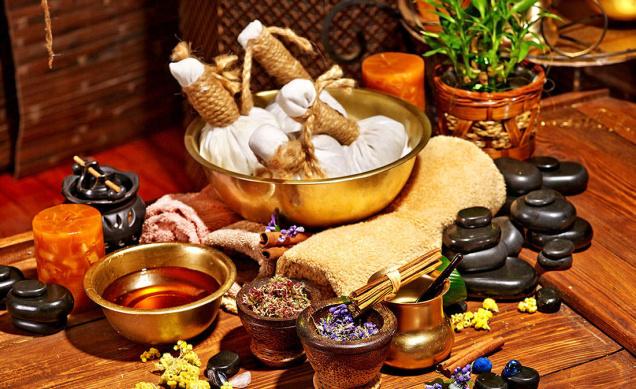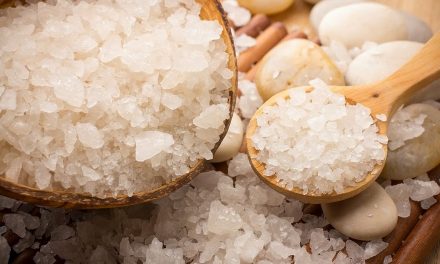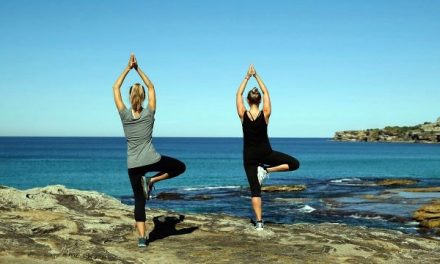There is no denying that India has an unmatched heritage of ancient systems of medicine which are a treasure-house of knowledge for both preventive and curative healthcare. This could be harnessed in achieving the goal of ‘Healthcare for All’.
In the recent past, we have also seen a resurgence of interest in other forms of Indian system of medicine — ayurveda, yoga and naturopathy, unani, siddha and homoeopathy (AYUSH) — due to their immense utility in tackling lifestyle disorders, not only in India but all across the globe.
Although India has made significant progress in the last six decades in providing healthcare, we are witnessing a significant change in the disease pattern in the country, with an increasing number of people suffering from communicable and non-communicable diseases.
[wp_ad_camp_1]
India ranks somewhere at the bottom of 193 countries on various critical health parameters such as number of doctors, nurses, and beds. We need to double the number of our doctors, from 0.7 to 1.5 million, for which we need at least 600 new medical colleges. We also need to triple our nurses count and quadruple the number of paramedics. This will entail considerable investment of our scarce financial resources. Further, this demands increased focus on preventive and promotive care.
AYUSH Infrastructure
With a new health policy on the anvil, we have an opportunity to mainstream the Indian system of medicine and integrate the available AYUSH infrastructure into the healthcare system. This infrastructure consists of 1,355 hospitals with 53,296-bed capacity, 22,635 dispensaries, 450 undergraduate colleges, 99 colleges with postgraduate departments, 9,493 licensed manufacturing units, and 7.18 lakh registered practitioners.
The AYUSH sector has an estimated annual turnover of around ₹120 billion and more than 8,000 licensed manufacturing units involved in the country. India, with a wealth of 6,600 medicinal plants, is the second largest exporter of AYUSH and herbal products in the world, estimated at ₹22.7 billion in 2013-14. And yet, according to the recent NSSO survey, 90 per cent of the population, both rural and urban, prefers allopathy over AYUSH.
This ironical situation could be attributed to low awareness of the enormous scope of these time-tested ancient systems. There is need for greater advocacy, increased regulation as well as promotion of evidence-based research.
The government has taken a positive step by elevating the department of Indian system of medicine and homoeopathy (ISM&H) to an independent ministry, AYUSH, in November 2014. The allocation of ₹50 billion to this ministry and launch of an independent ‘National AYUSH Mission’ aimed at capacity building for the sector and creation of centres of excellence will help in the promotion and mainstreaming of AYUSH. It is encouraging that the government is considering setting up a central regulatory regime for yoga, ayurveda and other traditional systens.
There is need for the creation of a separate drug controller general for the AYUSH sector. These steps will bring more business maturity, standing and much required competitiveness at the national and global levels.
We also need better clarity about the role envisaged for AYUSH doctors in the delivery of assured primary healthcare. Since they have completed a five-year course in AYUSH, they could become the most appropriate human resource to tide over the longstanding shortage of trained doctors in India.
Some State governments such as Maharashtra, Tamil Nadu, West Bengal and Delhi, have introduced a bridge course extending from six months to one year, for trained AYUSH practitioners, which then permits them to prescribe 47 listed drugs that are commonly used in primary health centres (PHCs). Hence, there are solutions that can be considered in order to achieve optimum utilisation of AYUSH facilities to address the enormous healthcare needs and generate employment opportunities in India.
Medical tourism
According to the FICCI-KPMG report, the inflow of medical tourists into India is likely to cross 3.2 million soon, generating a market that may cross $4 billion in 2015.
Medical tourism in India started with AYUSH. People from all across the world come to India for health-restorative cum alternative treatments through a combination of ayurveda, yoga, acupuncture, herbal massages, nature therapies, and some ancient Indian healthcare methods. There should be no doubt that medical value travel has the potential to become the next IT/ITES sector, attracting big investments and generating significant employment opportunities.
The time has come when all the stakeholders need to pool in their resources and move towards harnessing the vast potential of AYUSH.
The AYUSH industry looks forward to a regulatory regime with better clarity and a greater push from the government.











A strict regulatory regime for ayurvedic medicines is crying need of the hour without which the manufacturing pharmacies are having a field day. The publicizing of certain ayurvedic medicines in the media carry the message that no matter what you eat there is a medicine that will keep your stomach in order. This only encourages indiscipline in food habits. Chyawanprash is prescribed for the convalescent and the aged people but it is advertised as a family tonic good for even children. If prepared according to ayurvedic texts, it is slightly bitter. But, it is made tasty for children by adding flavours that children love. Where is the need for healthy children to take chyawanprash when nature is with them? In Hindi it is called ‘chalte ghode ko chaabuk marna.’ Such sales gimmicks should be curbed. Use of heavy metals like arsenic, antimony, gold, lead, mercury etc. should be heavily regulated as medicines containing these are prescribed for chronic ailments and need to be taken over long periods of time. Prolonged use of such medicines have led to cirrhosis of liver and kidney failure requiring transplant of these organs. If mis-selling and misuse of ayurvedic medicines is curbed, it can prove to be boon for India and in course of time can displace allopathy whose remedies often prove to be worse than the disease.
I am very happy that i am getting so many remedies naturally. After following the ayurvedic remedies i could really find drastic changes. Hope to see more benefits of various ayurveda traditions.
thank for your new letter
giorgigno Italy
Ayurvedic medicines have no side affect,since those contain ingredients of natural products.India has a long tradition of using Ayurvedic medicines for treating any type of disease.Since Vedic period till today there are village Vaidyas(doctors) who collect ingredients, prepare medicines at home and go door to door for treatment of patients.